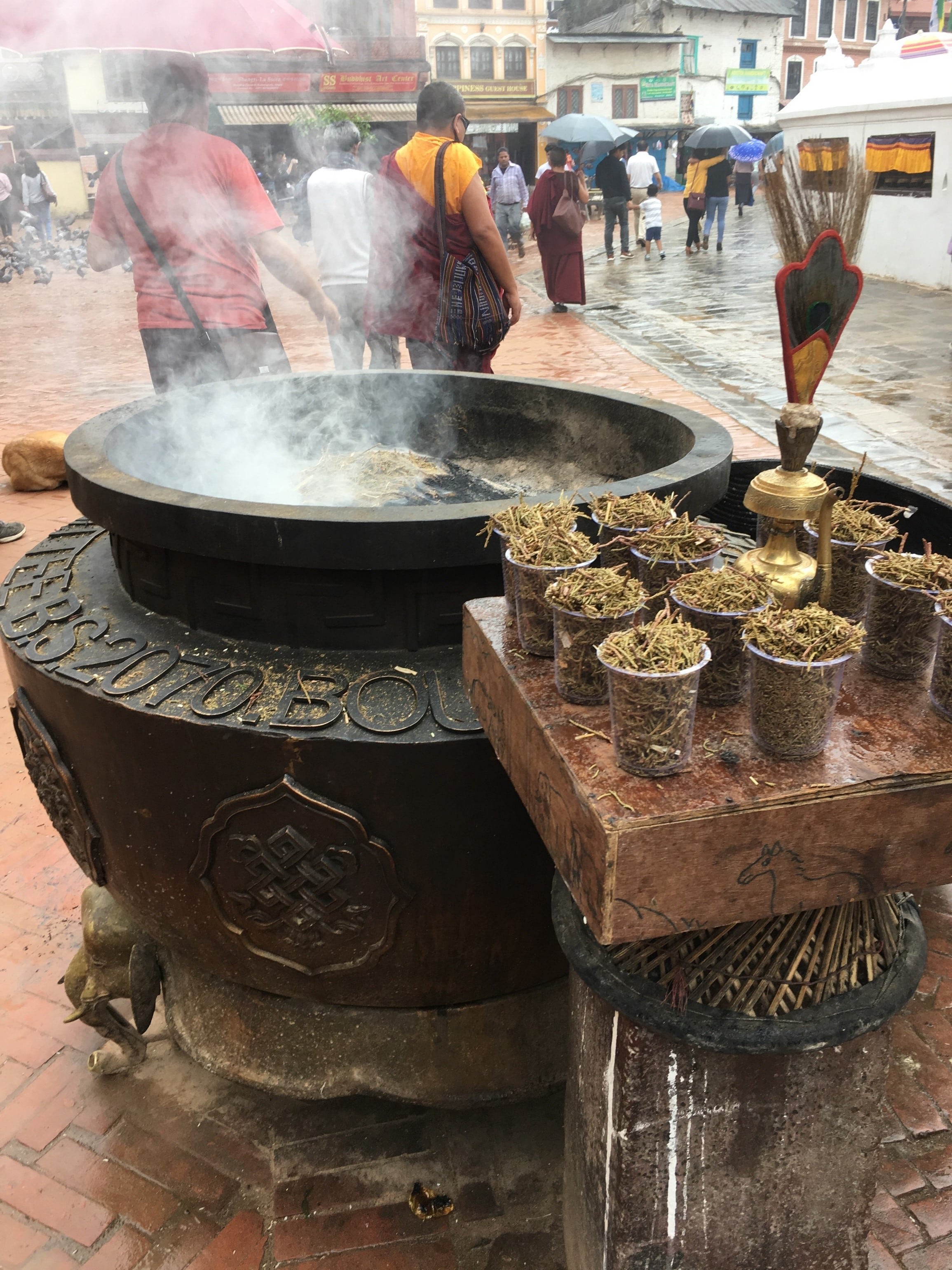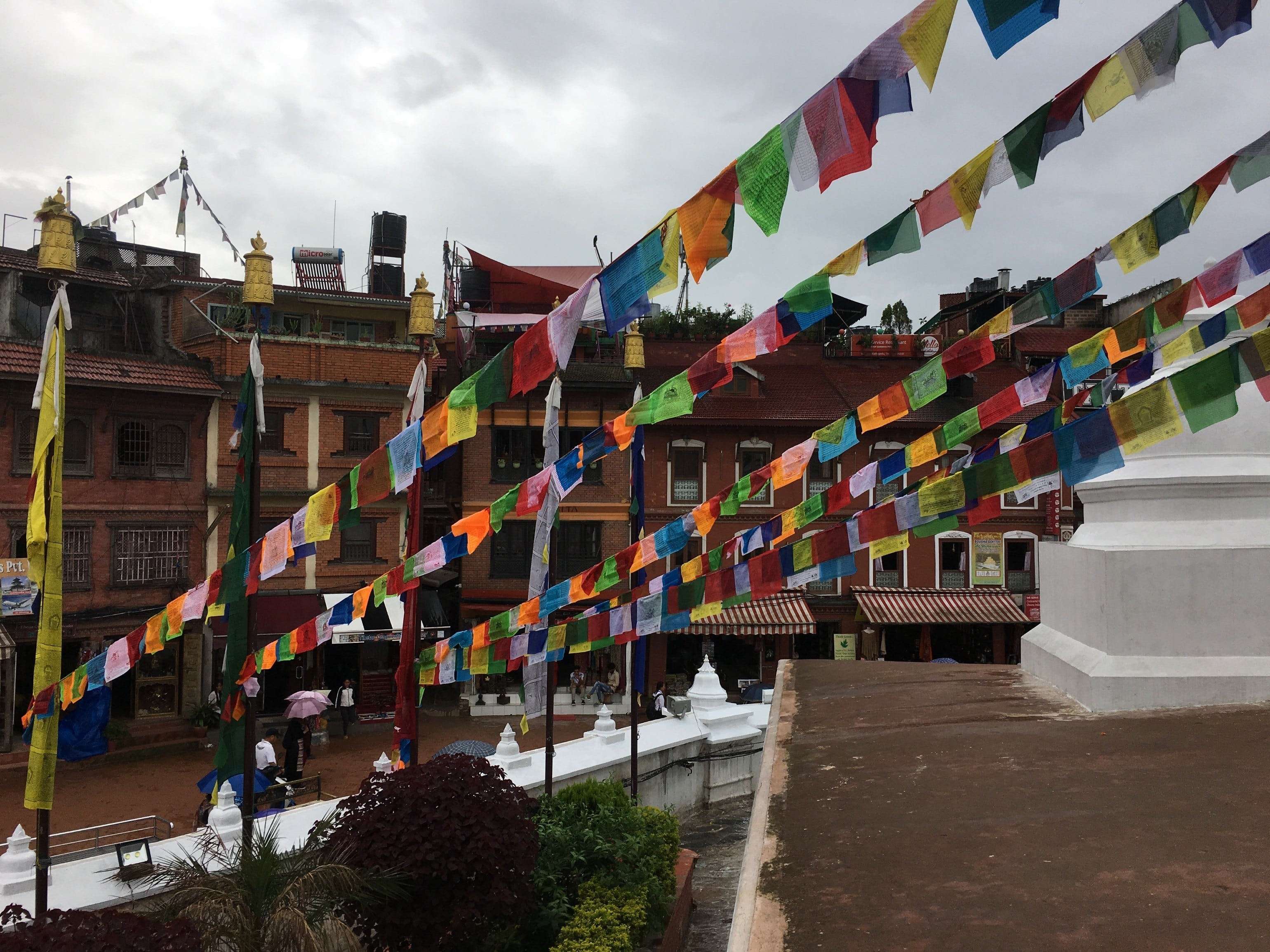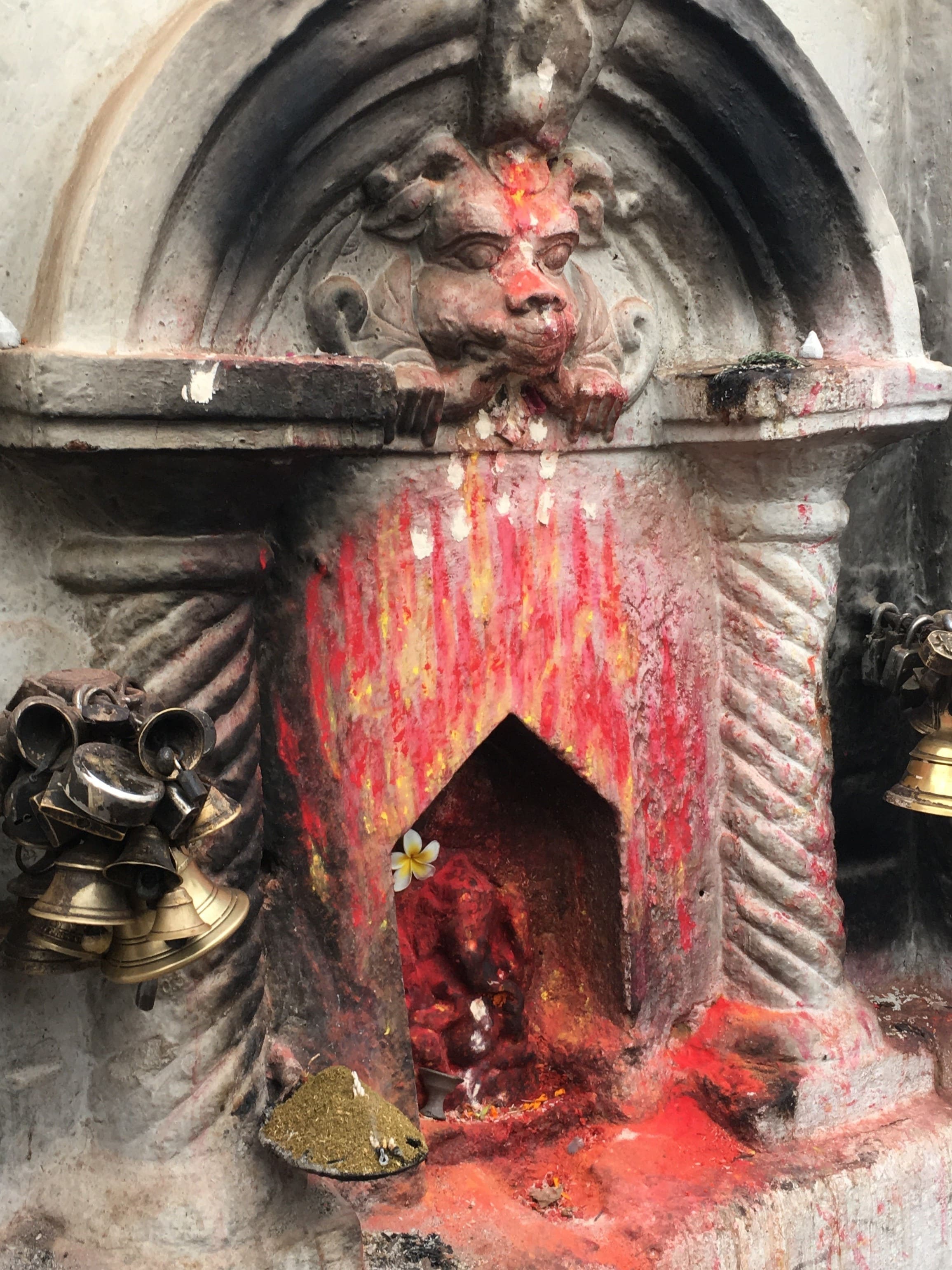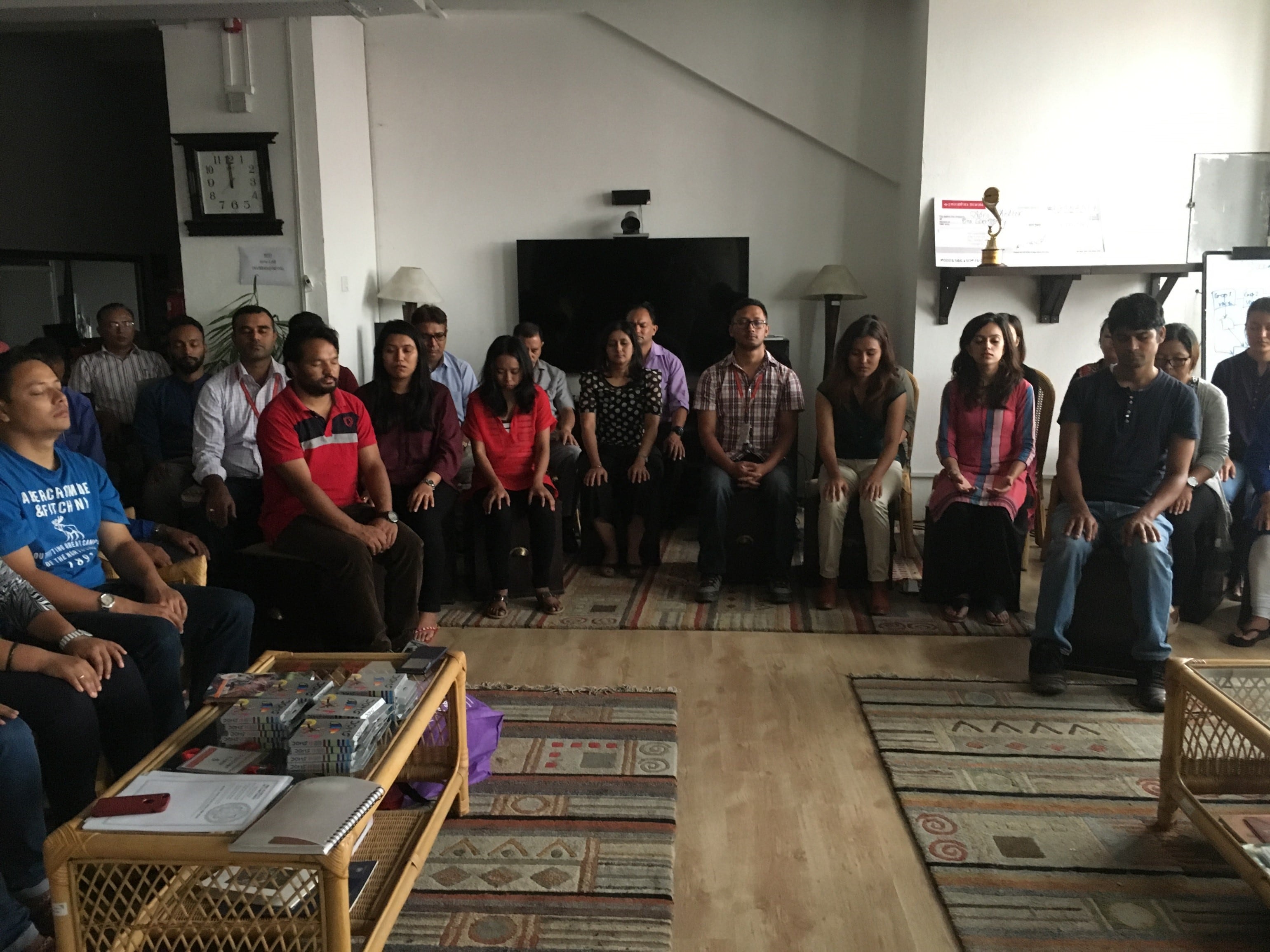
Day 10 - Coming To Our Senses
To come to your senses is to simply be aware. This means to be aware of the physical environment around us, of our body and of our thoughts. The magic of mindfulness was evident today when we delivered an introduction session with sixty-five World Vision Aid Workers. Liz opened the session with an outline of how we came to be here today. She has been involved with World Vision in Australia in a philanthropic capacity with her previous business and is now passionate to include her family in a similar capacity in the future. Their ideals are about acknowledging that everybody has a unique story, yet we are all essentially the same, the world over. When we can recognise our own talents and be the best person we can, then we have more to contribute to the others and the world at large.

I spent some time discussing the impact of stress on our physical and mental health. These workers have been under enormous emotional, mental and physical strain in the two years since the earthquake. They have worked tirelessly to try to deliver humanitarian aid to their fellow countrymen under exceptionally difficult times of loss, devastation, and change. The session had been promoted to over 100 workers in their head office, and 65 accepted the invitation. When we commenced we had 12 people and a room full of chairs. We were happy to have people in the room, but had hoped for a few more! What you wish for, you get! Because within 5 minutes it was like the bus had just rolled in. They started coming in droves, (arriving on Nepali time, which is never on time!), and soon we were scrabbling to find more chairs and people were squishing in wherever they could. The room was full and attentive. I led this team through a selection of different techniques including a mindful minute, a body scan and a Buddhist compassion meditation, based on the Dalai Lama’s vision for world peace. I’ve now run a few similar sessions whilst being here and each time I have been somewhat overwhelmed at witnessing the complete calm and peace on people’s faces as they experience meditation, often for the first time. There is powerful connection in the room, which I believe is love, and a sharing of the human spirit. We feel so grateful to have been able to witness this with school children, disabled women, craft production workers and World Vision aid workers. This was sense of stillness that meditation cultivates-such a gift to share.
A few more examples of being consciously aware always hits us when we are back on the streets. We have had heightened awareness of our five senses whilst wandering the streets, squares, alleyways, city roads, restaurants and stairways in Kathmandu.

To Hear - there is a constant yet changing stream of different noises in the traffic, bells ringing, laughing children in school playgrounds, dogs howling, humming air-conditioners, the bus-boy calling for last stops, chanting from the temples, creaking of taxi door slamming us into place in the backseat. These sounds are an almost constant backdrop to life.But our favourite, of course, is the sing-song greetings of Namaste from the people!
To Feel - the sense of touch is most delightful when it comes from a human. We have found the Nepali people encountered with our teaching experiences to be very demonstrative, and always willing for a hug. In a school the other day a darling little boy in big glasses rushed at me and wrapped his arms tightly around my legs. Such a sweetie. But his lot in life has been, and will be, hard. He is HIV positive, and orphaned.


We have felt the pelting raindrops of the monsoon rain on our heads most days. We have slipped and slid through the mud-filled streets on a every day and night. We can’t always dodge the puddles so there is the feeling of squelch between our toes from the thick clay-like mud that comes from the sodden dirt roads. The items in the shops are all covered with a layer of dust, or mud! There is a feeling of dust and grime on our hands all the time when we handle goods in the shops or exchange grimy rupee notes in transactions.
To See - the sense of sight is in constant overload. The colours of the women’s saris is electrifying sometimes. Such mixes of colours that no-one else would dare to do, but it works in harmony and grace with these beautiful women. The muted colours of the villagers clothes are in contrast to this . They are wrapped in simple fabrics designed for function not fashion. The men wear the Dhaka topi hat, and look so gentlemanly. There are cows aimlessly wandering the intersections, decorated rickshaws being pedalled by men with very strong calf muscles! The buses are brightly painted and coloured and are best dodged quickly.We watched monks mindfully walking in a clockwise direction around the Buddhist stupa temple, spinning prayer wheels. We see the red paste marked between the eyes on every Hindu here, and watch them worship at small holy sites in walls to find their red paste.
To Smell - there is the sweet fragrance of burning incense in the streets, within buildings and even in taxis. During the rain periods the stench smell of drains and the putrefying stink of the rubbish dumps on the riverbanks has us pinching our nostrils in disgust. We love the smell of cooking spices as we pass small eating houses and the aroma of ground coffee beans. We hate the smell of fumes that comes in through the taxi windows in traffic jams, and the dust in our noses when remove a plastic bag off an item from the shop.
Taste - our taste-buds are alive whenever we open our mouths for food. We’ve enjoyed dahl baht, tasty thupka soups, coriander enhancing flavoursome curries, spicy samosas, roti, rice, refreshing lime and sodas, delicious mo-mo dumplings, milky cups of tea- all a way of life here.
The essence of mindfulness is being aware. We actually found our seven senses on this journey- to see, to hear, to feel, to taste, to smell and most importantly to laugh, and to love.




Mandy

